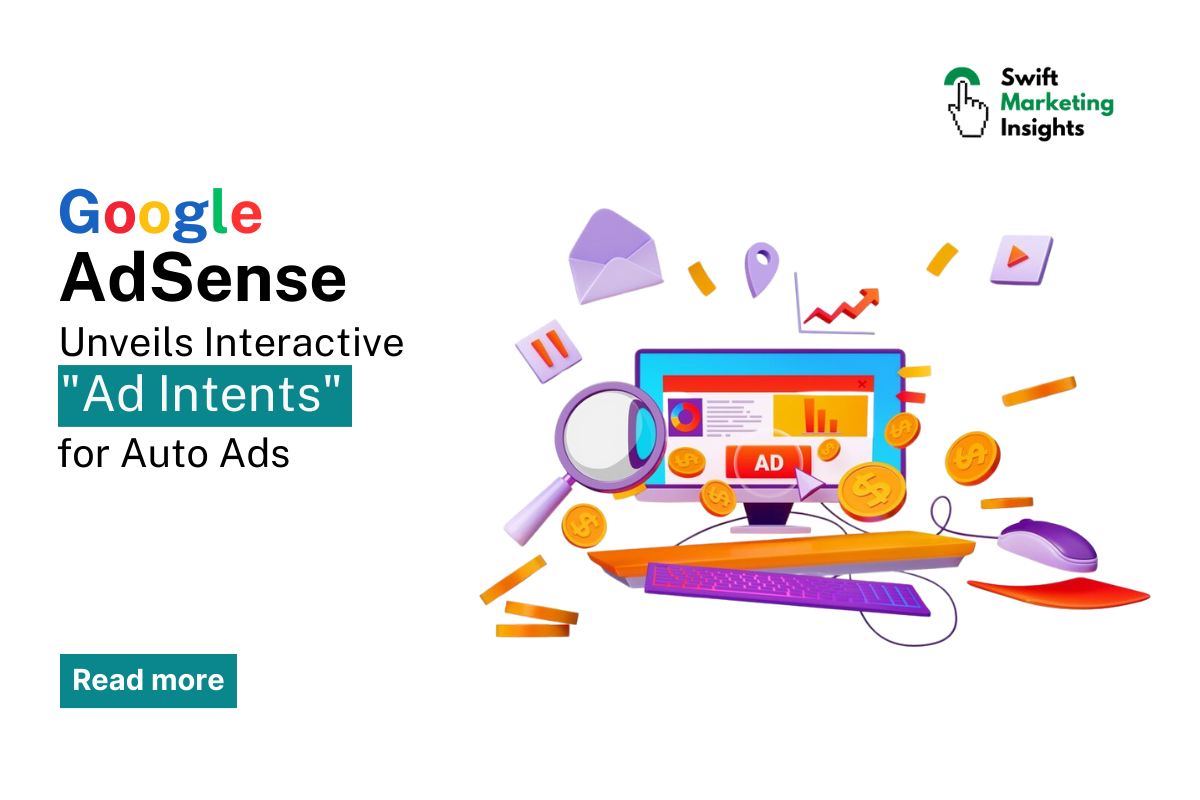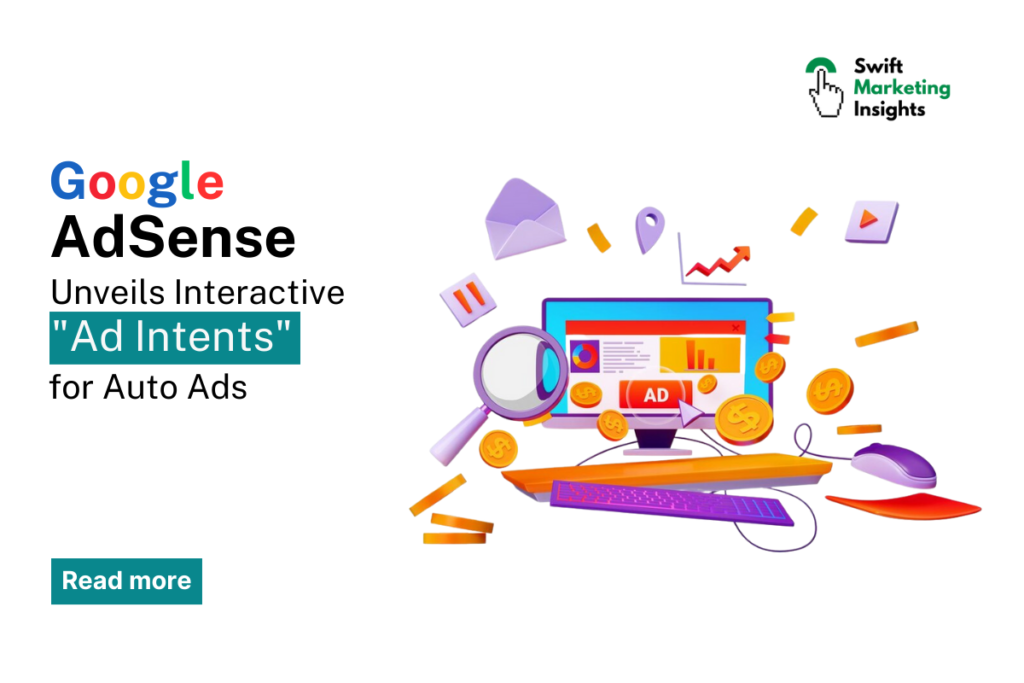

Google AdSense is all set to launch a new ad format called “Ad Intents” for its Auto ads program which has been exceedingly popular lately. This form of advertisement intends to improve the experience of the user and likely increase publisher income through a more engaging, audience-based approach compared to the classic advertisements.
What are Ad Intents?
Ad intents search for these publishers’ content and delves into opportunities to convert the existing text to interactive hyperlinks. An overlay graph appears on the screen when the user presses on any link shown in it. The graph presents organic search results related to each link, along with the tolls placed on them. This ensures that the search results, picked straight from a Google Search, have significant inclination towards what the user is trying to find out.
Why is Google Introducing Ad Intents?
There are several reasons behind Google’s introduction of Ad Intents:
- Enhanced User Experience: The Ad Intents will assist users in finding the exact information they need through relevant search results with contextual ads displayed in such a way as to meet all the user’s needs while he stays on the website of the publisher. This means improved user involvement that might lead to more engagement and satisfaction.
- Increased Revenue Potential: By letting publishers display relevant ads within the pop-up dialogue, websites can make money from this separate source of revenue. Clicks on those ads will be remarked to the publisher and their payout is likely to be increased.
- Focus on Intent-Driven Advertising: Ad Intents working in contrary to the traditional display structure and showing more user intentions. Google aims to offer advertisers a more targeted and relevant advertising experience by surfacing ads which are related to the user’s click on directly the content.
- Reduced Reliance on Third-Party Cookies: As privacy concerns and legislation are becoming more prevalent, Ad Intents give a solution with the reduced reliance on third-party cookies for the ad targeting purpose. According to Google, the Ad Intent measures a wide range of signals including offline activities, dependent on the demands of the advertiser.
Early Reactions and Considerations
Though Ad Intents look like a breakthrough discovery, some industry experts show a mix of optimism, tempers with a sense of prudence. Having an overlay dialog might break the user experience and publishers might be skeptical about it. Furthermore, this format’s capacity to drive clicks and generate revenue instead of the traditional Auto placements is unknown.
The dynamic nature of Ad Intents is the crucial feature of the programmatic marketplace. Watching the implementation process and the publication of relevant data will undoubtedly be both eye-opening and amazing as it will tell us about the impact this system has on the two key aspects of a webpage which are, advertiser revenue and the behavior of the end user.



